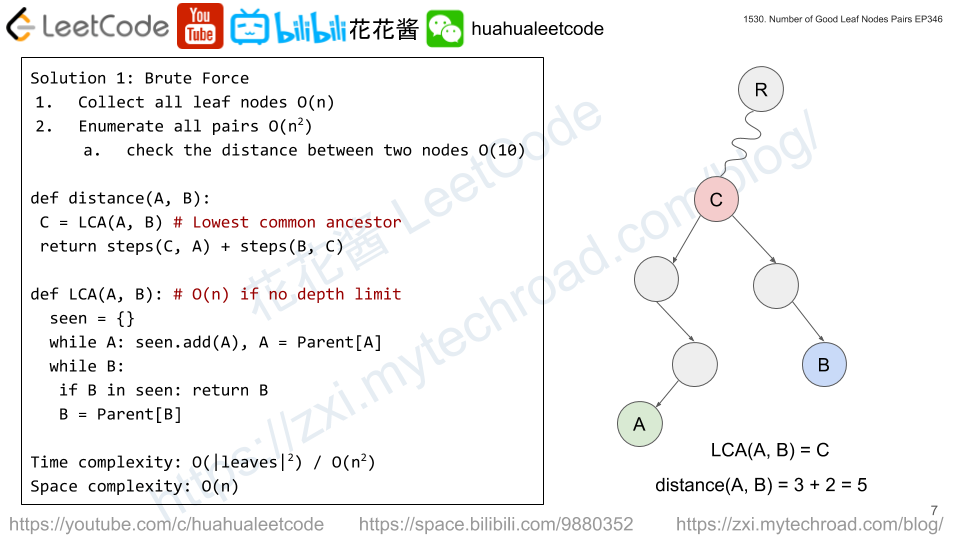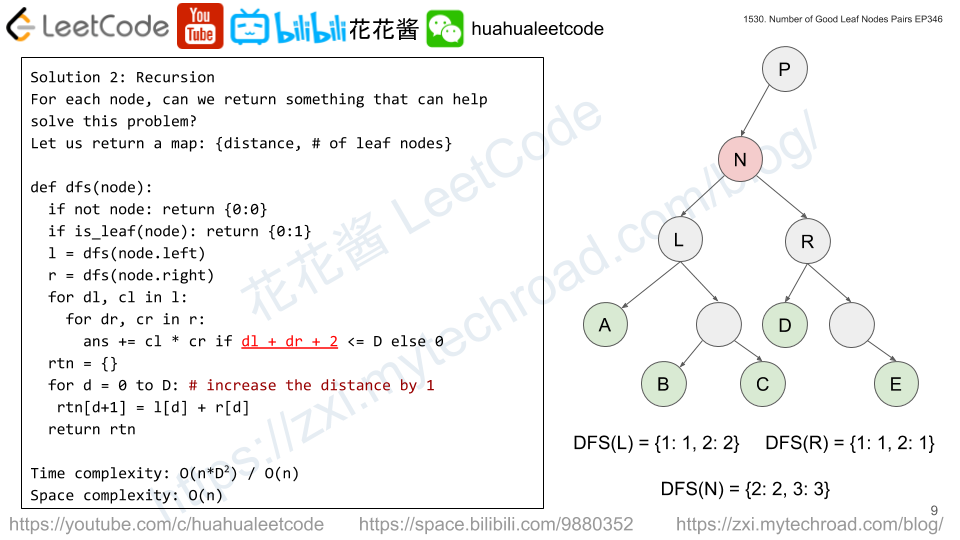Given a parentheses string s containing only the characters '(' and ')'. A parentheses string is balanced if:
- Any left parenthesis
'('must have a corresponding two consecutive right parenthesis'))'. - Left parenthesis
'('must go before the corresponding two consecutive right parenthesis'))'.
For example, "())", "())(())))" and "(())())))" are balanced, ")()", "()))" and "(()))" are not balanced.
You can insert the characters ‘(‘ and ‘)’ at any position of the string to balance it if needed.
Return the minimum number of insertions needed to make s balanced.
Example 1:
Input: s = "(()))"
Output: 1
Explanation: The second '(' has two matching '))', but the first '(' has only ')' matching. We need to to add one more ')' at the end of the string to be "(())))" which is balanced.
Example 2:
Input: s = "())" Output: 0 Explanation: The string is already balanced.
Example 3:
Input: s = "))())("
Output: 3
Explanation: Add '(' to match the first '))', Add '))' to match the last '('.
Example 4:
Input: s = "(((((("
Output: 12
Explanation: Add 12 ')' to balance the string.
Example 5:
Input: s = ")))))))"
Output: 5
Explanation: Add 4 '(' at the beginning of the string and one ')' at the end. The string becomes "(((())))))))".
Constraints:
1 <= s.length <= 10^5sconsists of'('and')'only.
Solution: Counting
Count how many close parentheses we need.
- if s[i] is ‘)’, we decrease the counter.
- if counter becomes negative, means we need to insert ‘(‘
- increase ans by 1, increase the counter by 2, we need one more ‘)’
- ‘)’ -> ‘()’
- if counter becomes negative, means we need to insert ‘(‘
- if s[i] is ‘(‘
- if we have an odd counter, means there is a unbalanced ‘)’ e.g. ‘(()(‘, counter is 3
- need to insert ‘)’, decrease counter, increase ans
- ‘(()(‘ -> ‘(
())(‘, counter = 2
- increase counter by 2, each ‘(‘ needs two ‘)’s. ‘(
())(‘ -> counter = 4
- if we have an odd counter, means there is a unbalanced ‘)’ e.g. ‘(()(‘, counter is 3
- Once done, if counter is greater than zero, we need insert that much ‘)s’
- counter = 5, ‘((()’ -> ‘((())))))’
Time complexity: O(n)
Space complexity: O(1)
C++
|
1 2 3 4 5 6 7 8 9 10 11 12 13 14 15 16 17 18 19 20 21 22 23 24 25 26 |
class Solution { public: int minInsertions(string s) { int ans = 0; int close = 0; // # of ')' needed. for (char c : s) { if (c == ')') { if (--close < 0) { // need to insert one '(' // ')' -> '()' ++ans; close += 2; } } else { if (close & 1) { // need to insert one ')' // case '(()(' -> '(())(' --close; ++ans; } close += 2; // need two ')'s } } return ans + close; } }; |



